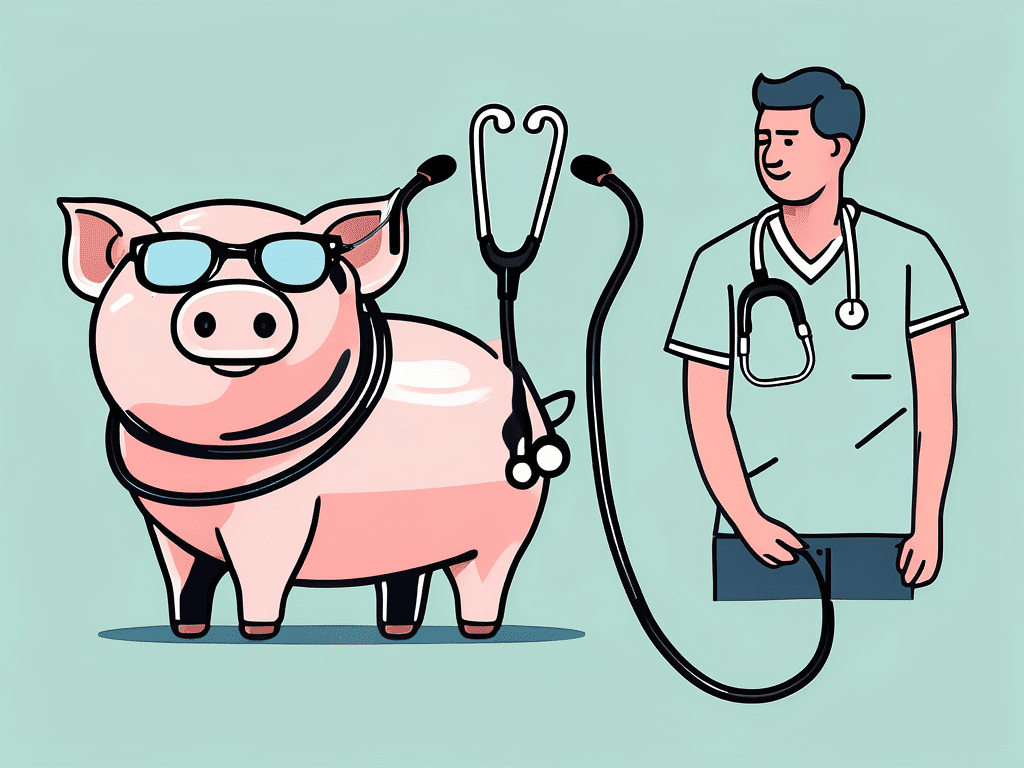The cost of insuring dog breeds in Australia can vary depending on factors such as the breed’s susceptibility to certain health conditions, their popularity, and the cost of veterinary care in the region.
Most expensive dog breeds to insure in Australia
While specific pricing can vary among insurance providers, here are some dog breeds that are often associated with higher insurance premiums in Australia:
English Bulldog: English Bulldogs are prone to various health issues, including respiratory problems, allergies, and skin conditions. These factors can contribute to higher insurance costs for this breed.
French Bulldog: Similar to English Bulldogs, French Bulldogs are also susceptible to respiratory problems, skin issues, and other health conditions. Their popularity and higher demand can influence insurance premiums.
Bernese Mountain Dog: Bernese Mountain Dogs are prone to various health issues, including hip and elbow dysplasia, cancer, and certain genetic conditions. Their potential for expensive medical care can result in higher insurance costs.
Rottweiler: Rottweilers are often associated with certain hereditary conditions, such as hip dysplasia and heart problems. Their size and reputation as a guardian breed can also affect insurance costs.
Cane Corso: Cane Corsos are a large and powerful breed. Their size, combined with potential health issues like hip dysplasia and certain heart conditions, can impact insurance premiums.
Great Dane: Great Danes are a giant breed known for their size. Their large stature can make them more prone to certain health conditions, such as joint problems, heart issues, and bloat. The potential for higher veterinary expenses can result in increased insurance premiums.
Newfoundland: Newfoundland dogs are giant breeds with specific health concerns such as hip and elbow dysplasia, heart conditions, and issues related to their size. The potential for expensive treatments and surgeries can result in higher insurance premiums.
Staffordshire Bull Terrier: Staffordshire Bull Terriers, or Staffies, are a popular breed in Australia. However, they are sometimes associated with higher insurance costs due to their historical association with certain incidents and potential liability concerns.
It’s important to note that these breeds are not inherently more expensive to insure solely based on their breed. Various factors, including individual dog health, location, insurance provider, and policy coverage, can influence insurance costs. When considering pet insurance, it’s advisable to gather quotes from different providers and discuss your dog’s specific needs with insurance professionals to make an informed decision regarding coverage and costs.
Least expensive dog breeds to insure in Australia
So what dog breeds are often associated with fewer health issues, lower veterinary costs, and lower perceived risks. Here are some dog breeds that are generally considered less expensive to insure in Australia:
Jack Russell Terrier: Jack Russell Terriers are small, energetic dogs known for their agility and intelligence. They are generally healthy and have fewer breed-specific health concerns, which can contribute to lower insurance premiums.
Beagle: Beagles are friendly and sociable dogs with a generally robust health profile. While they may have some breed-specific conditions, such as hip dysplasia and ear infections, their overall health and moderate size can result in lower insurance costs.
Cavalier King Charles Spaniel: Cavalier King Charles Spaniels are affectionate and gentle dogs. While they can be prone to certain health issues such as heart conditions, their smaller size and generally good health can contribute to relatively lower insurance premiums.
Maltese: Maltese dogs are small and companionable. They typically have fewer health concerns and require less veterinary care compared to larger breeds, making them potentially less expensive to insure.
Shih Tzu: Shih Tzus are small, affectionate dogs known for their distinctive coat. They generally have a relatively healthy profile, and their smaller size can result in more affordable insurance premiums.
Border Collie: Border Collies are highly intelligent and active dogs, often used for herding and agility activities. While they may have some hereditary conditions, such as hip dysplasia and eye issues, their overall health and moderate size can still contribute to reasonable insurance costs.
Australian Terrier: Australian Terriers are small, sturdy dogs with a friendly disposition. They generally have a robust health profile, requiring less veterinary care compared to larger breeds, potentially resulting in lower insurance premiums.
Remember, these are general observations, and individual circumstances can vary. It’s crucial to research different insurance providers, compare policies, and consider the specific needs and health history of your dog when seeking insurance coverage. Obtaining quotes from various insurers and discussing your dog’s details with insurance professionals can help you determine the most cost-effective and suitable insurance coverage for your pet.
The information in this article is general in nature as it has been prepared without taking account of your objectives, financial situation or needs. You should consider the relevant Product Disclosure Statement (PDS) & Target Market Determination, and obtain appropriate financial and taxation advice, before making a decision about whether ExtrasJar’s products are right for you. ExtrasJar Pet Insurance is subject to age entry requirements, exclusion periods and exclusions, such as pre-existing Conditions. Please see our (PDS) for more details.
Photo by Karsten Winegeart on Unsplash



